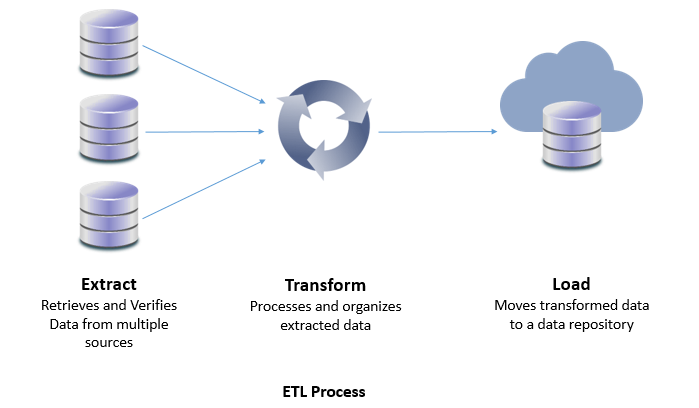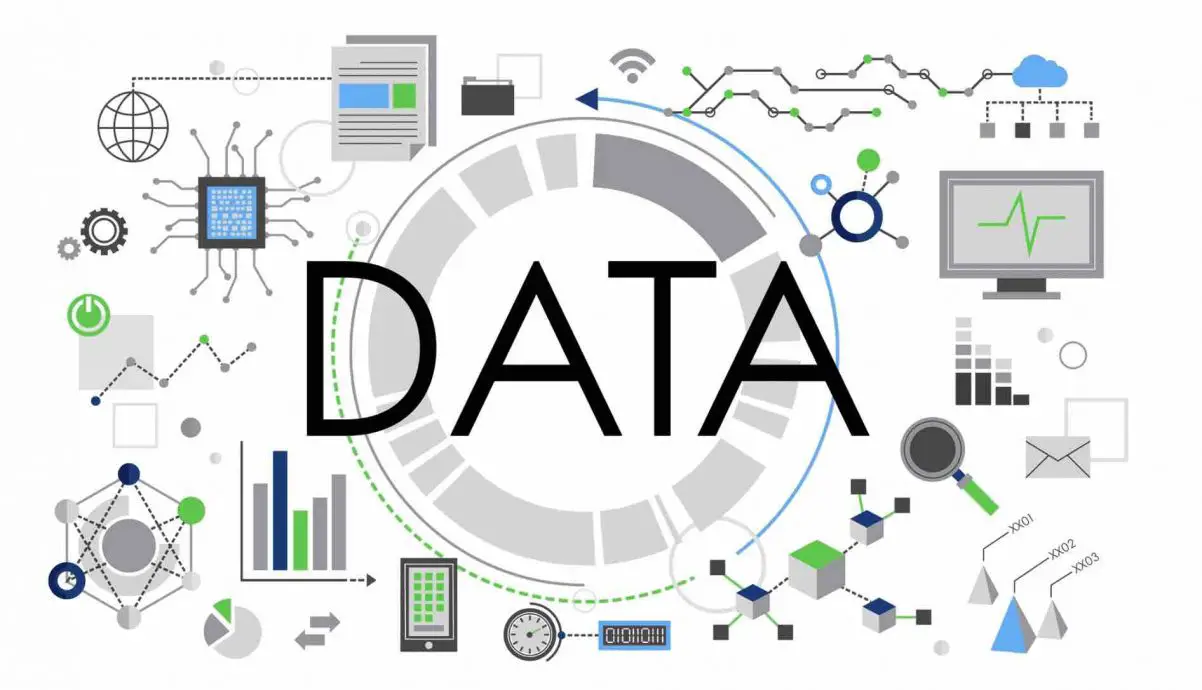Introduction
“Data is the new oil” implies that data is a valuable resource that can drive innovation, growth, and competitive advantage for businesses. Businesses are generating more data than ever before, but they often struggle to tap into the full potential of their data, leaving valuable insights untapped and opportunities unrealized. This can be due to a lack of technical expertise or resources to manage and maintain data systems, as well as siloed data that is difficult to access and integrate.
The process of taking insights or information gleaned from data analysis and using it to drive action or decision-making is called activation. Activation is a critical component of the data lifecycle, enabling businesses to unlock the full potential of their data and drive meaningful outcomes. That is where Reverse ETL comes in. Developers and data engineers have built modern data stacks that make data more accessible to business users and by effectively activating data insights, businesses can stay competitive, drive growth, and improve customer experiences.
Table of contents
Also Read: What is NLP?
What is ETL
ETL was introduced as a process for integrating and loading data for computation and analysis, eventually becoming the primary method to process data for data warehousing projects.
ETL stands for Extract, Transform, and Load. It is a process used to extract data from various sources, transform it into a format suitable for analysis, and load it into a target database or data warehouse. The ETL process is critical for data integration, data warehousing, and business intelligence. It enables organizations to consolidate data from multiple sources, transform it into a consistent format, and load it into a target system where it can be used for analysis and reporting.
ETL processes are often used to create and maintain a single source of truth. By extracting data from multiple sources, transforming it to meet certain standards, and loading it into a single destination system, organizations can ensure that all data is consistent and accurate. Having a single source of truth is important because it helps prevent inconsistencies and errors in data analysis and reporting. If multiple versions of the same data exist in different places, it can lead to confusion, mistakes, and wasted time. By consolidating data into a single source of truth, organizations can improve data quality and make better-informed decisions.

Extract
The first step of the ETL process is to extract data from various sources such as databases, applications, and files. Data can be extracted from different types of sources, including structured, semi-structured, and unstructured data. This step involves connecting to the source system, identifying the data to be extracted, and pulling the data from the source system.
Data extraction can be performed in different ways, such as full extraction, incremental extraction, or delta extraction. Full extraction involves extracting all the data from the source system, while incremental extraction only extracts new or modified data since the last extraction. Delta extraction extracts changes that have occurred since the last extraction, making it a faster and more efficient method of extraction.
Transform
The second step of the ETL process is to transform the extracted data into a format that is suitable for analysis. This step involves cleaning the data, removing duplicates, and converting it into a consistent format. Transformations can be performed in various ways, such as filtering, sorting, aggregating, joining, and splitting data.
Data transformation is critical to ensure data quality, consistency, and accuracy. It also involves data enrichment, where new data is added to existing data to provide more context and insights.
Load
The final step of the ETL process is to load the transformed data into a target database or data warehouse. This step involves mapping the data to the appropriate fields in the target system and ensuring that the data is loaded correctly. The target system can be a relational database, data warehouse, or data lake, depending on the organization’s requirements.
Data loading can be performed in different ways, such as full load, incremental load, or delta load. Full load involves loading all the data into the target system, while incremental load only loads new or modified data since the last load. Delta load loads changes that have occurred since the last load, making it a faster and more efficient method of loading data.
The above steps are usually automated by ETL jobs. ETL jobs are typically run on a scheduled basis, such as daily, weekly, or monthly, and are used to support a wide range of data integration and analytics tasks. ETL jobs can quickly become complex to manage and resource intensive as the amount of data and requirements for individual transformations rise. Advanced ETL tools such as SAS ETL Studio use load balancing to distribute the workload of data extraction, transformation, and loading across multiple servers or clusters to improve overall performance and efficiency. A load balancer can help prevent overloading of any one server or resource during peak usage, ensuring that the ETL process can continue to operate at optimal levels without being slowed down or interrupted. Cloud load balancing has advanced traffic management capabilities and can be used in an ETL process to distribute the workload across multiple servers and a Cloud CDN ( Content Delivery Network) can be used in the ETL process to improve data transfer performance and availability.
There are many ETL (Extract, Transform, Load) tools available in the market, ranging from open source to commercial solutions. Here are some of the most popular ETL tools used by organizations:
- Apache NiFi: An open-source data integration tool that provides an easy-to-use interface for designing data flow pipelines.
- Apache Spark: A distributed computing system that includes Spark SQL for data processing and transformation.
- Talend: An open-source data integration platform that provides a graphical interface for designing ETL workflows.
- Informatica PowerCenter: A commercial ETL tool that provides a comprehensive set of data integration features.
- Microsoft SQL Server Integration Services (SSIS): A commercial ETL tool that is tightly integrated with the Microsoft SQL Server database.
- IBM InfoSphere DataStage: A commercial ETL tool that provides a graphical interface for designing and managing ETL workflows.
- Pentaho Data Integration: An open-source ETL tool that provides a drag-and-drop interface for designing ETL workflows.
- AWS Glue: A cloud-based ETL tool that provides a fully managed service for processing and transforming data.
- Google Cloud Dataflow: A cloud-based ETL tool that provides a fully managed service for processing and transforming data using Apache Beam.
The choice of ETL tool will depend on the specific needs and requirements of the organization, including factors such as data volume, complexity, and budget.
What is reverse ETL?
Reverse ETL solution; also known as data sync, is a process where data from a data warehouse or data lake is transferred back to operational systems, such as CRM, ERP and other business applications. This helps your business teams in creating effective and accurate data-driven decisions around daily business operations. Reverse ETL solution is a relatively new concept, so there are not as many reverse ETL tools available for it as there are for traditional ETL.

Some of the Reverse ETL tools used by organizations are:
- Hevo Activate: Enables data transfer from a cloud data warehouses such as Snowflake, Amazon Redshift, etc., and various other sources to SaaS applications, CRMs such as Salesforce, HubSpot, Support tools such as Zendesk.
- Hightouch: A Reverse ETL platform that allows users to sync data from data warehouses or data lakes to various operational systems, such as CRM, marketing automation, and customer support systems.
- Census: A popular operational analytics cloud-based Reverse ETL platform that enables users to sync data from data warehouses or data lakes to operational systems.
- Polytomic: Allows businesses to create a live view of all customer data they need in Marketo, Salesforce, HubSpot, and other business systems within minutes.
The choice of the reverse ETL tool will depend on the specific needs and requirements of the organization.
Why businesses need reverse ETL
A data warehouse (DWH) is a type of data management system that is designed to enable and support business intelligence (BI) activities, especially analytics. Data warehouses are solely intended to perform queries and analysis and often contain large amounts of historical data. Even though the intent of creating a DWH was to remove data silos, many companies still struggle with the issue of data being siloed in the DWH. Once the data is in the DWH, it is difficult to get make it usable with business tools and as such, data stored in the DWH may not be used effectively. ETLs are rarely used to feed business applications and this where reverse ETL play an important role. Reverse ETL makes DWH data available to business applications.
Data consistency is crucial for businesses as it ensures that all the data across different systems is accurate and up-to-date. Reverse ETL helps in ensuring that data in the operational systems is consistent with the data in the data warehouse or data lake. Reverse ETL also helps in ensuring that data governance policies are followed across different systems. By transferring data from the data warehouse or data lake to operational systems, businesses can enforce data governance policies in real-time.
Operationalize your data
In the context of reverse ETL, operationalizing your data means taking the transformed data and making it available for use in operational systems, such as a customer relationship management (CRM) system, a marketing automation platform, or a data visualization tool. This may involve integrating the data with these systems using APIs or other data integration tools. Customer Data Platforms (CDP) is an off-the-shelf platform that allows you to build a single customer repository by connecting all of the organization’s data sources. CDP offers advanced functionalities such as preparing data for segmentation, creation of aggregates, scores, etc. and making it available to business applications.
Operationalizing your data is an important step in the reverse ETL process, as it allows organizations to derive value from their data by using it to drive real-time decision-making and operational activities.
ETL vs. Reverse ETL – What’s the Difference?
ETL is a process that involves extracting data from multiple sources, transforming it into a format that is suitable for analysis or reporting, and loading it into a central repository or data warehouse. This process is typically used for data integration, data warehousing, and business intelligence. Data warehouses are solely intended to perform queries and analysis and often contain large amounts of historical data.In many cases, data is siloed in the data warehouse and once stored is not used at all by business applications.
Reverse ETL is a solution for getting data from data warehouse data with applications used by marketing, sales, digital team, and customer service. This process is used to operationalize the insights gained from data analysis and reporting, and to make data-driven decisions in real-time.
ETL moves data from operational systems to a centralized repository, while reverse ETL moves data from a centralized repository back to operational systems.
What’s the Impact of Reverse ETL?
The impact of reversal ETL is significant as it allows companies and businesses to use their data in real-time.
Some potential benefits of Reverse ETL include:
- Real-time decision-making: Businesses generate a massive amount of data every day. To stay competitive, businesses need real-time insights to make informed decisions. Reverse ETL enables businesses to transfer data from their data warehouse or data lake to their operational systems in real-time, ensuring that they always have access to the latest data. This can be especially useful for sales teams on the field, for e.g. making a pricing decision to close a deal.
- Automation and efficiency: Reverse ETL can help automate the data syncing process, enabling businesses to reduce the manual effort required to transfer data between systems. This, in turn, can help businesses improve their efficiency and reduce errors.
- Improved customer experience: With Reverse ETL, business teams can access real-time data about their customers, enabling them to provide a better customer experience. For example, a customer support representative can access the latest customer data from the data warehouse, enabling them to provide personalized support.
- Better insights: By bringing data back to operational systems, organizations can gain deeper insights into their data and use these insights to inform future business decisions.
Also Read: Inside Amazon’s Smart Warehouse
Conclusion
Reverse ETL is fairly new in the modern data stack and companies are trying out this new technology with great enthusiasm. For businesses with high data volume, creating a reverse ETL process is complex, so choosing the right reverse ETL tool will be critical to ensure maximum outcome. Early indicators suggest reverse ETL will become the norm in companies that wish to exploit data to maintain a competitive edge.
References
“ETL (Extract, Transform, Load)”, https://www.ibm.com/topics/etl. Accessed 4 Apr. 2023.
Kelly Kirwan. “What is reverse ETL? A complete guide + best tools”, 6 Jul. 2022, https://segment.com/blog/reverse-etl/. Accessed 5 Apr. 2023.
Tejas Manohar, Luke Kline. “What is Reverse ETL? The Definitive Guide”, 6 Sep. 2022, https://hightouch.com/blog/reverse-etl. Accessed 5 Apr. 2023.
Manik Chhabra. “6 Best Reverse ETL Tools For Businesses”, 28 Dec. 2021, https://hevodata.com/learn/reverse-etl-tools/. Accessed 5 Apr. 2023.
“What’s the difference between Reverse ETL and Customer Data Platforms (CDP)?”, 27 Apr 2022, https://atlan.com/reverse-etl-vs-cdp/. Accessed 5 Apr. 2023.
“Reverse ETL – Definition & analysis of this new category of tools”, 25 Feb, 2022, https://octolis.com/blog/reverse-etl. Accessed 5 Apr. 2023.
FICO. “Operationalizing Analytics: 5 Best Practices for Connecting Data and Analytics to Business Process.” YouTube, Video, 25 June 2018, https://youtu.be/XYz26g4gmU8. Accessed 6 Apr. 2023.
Hightouch. “What Is Reverse ETL? Explained in 3 Minutes.” YouTube, Video, 2 Sept. 2022, https://youtu.be/BjlCxON_L5U. Accessed 6 Apr. 2023.
Technology, IBM. “What Is ETL (Extract, Transform, Load)?” YouTube, Video, 12 Oct. 2021, https://youtu.be/OW5OgsLpDCQ. Accessed 6 Apr. 2023.

